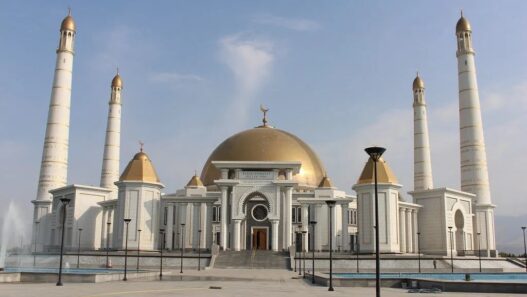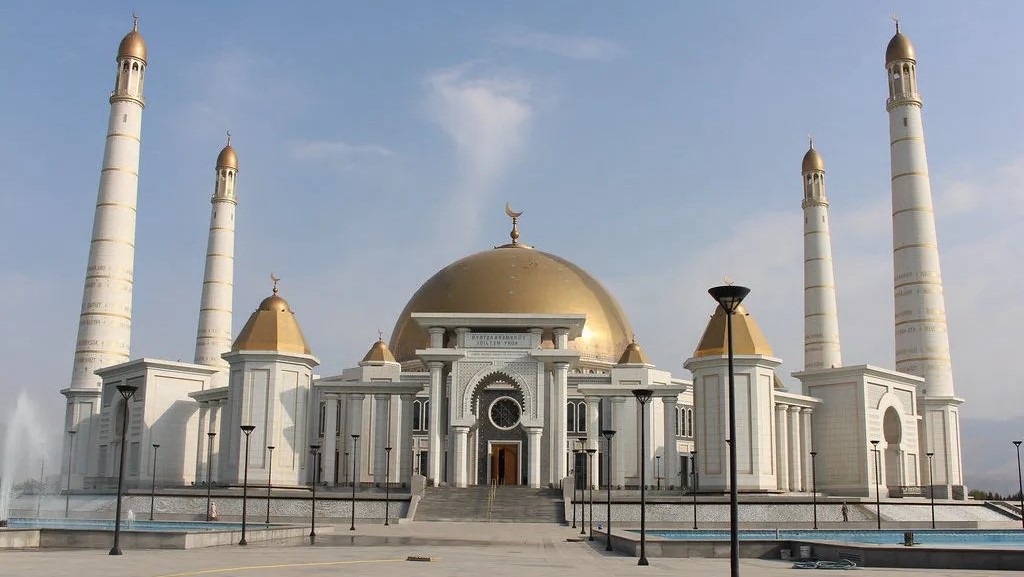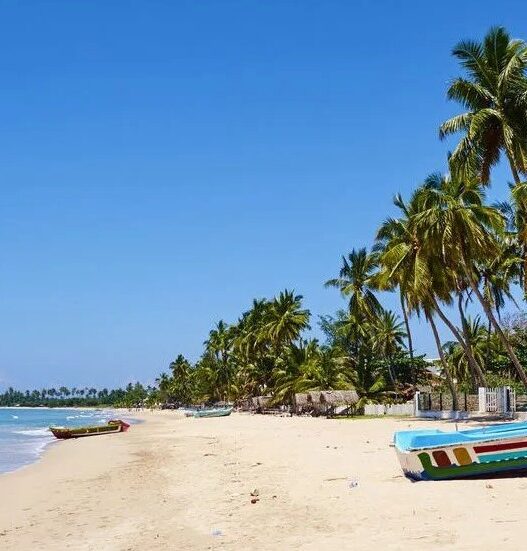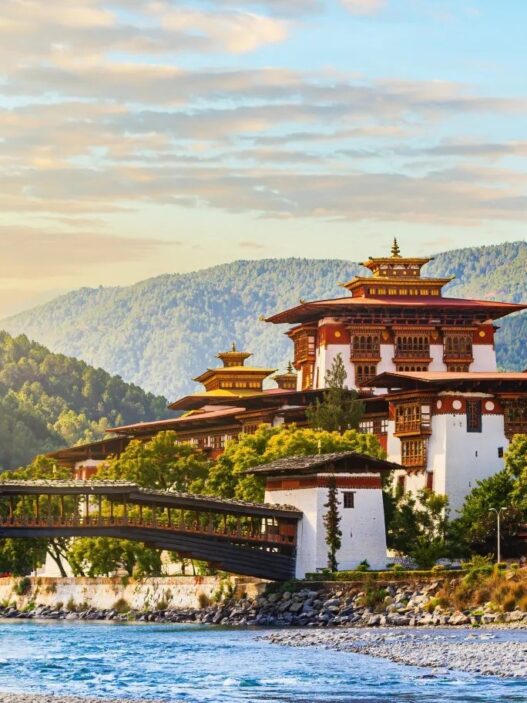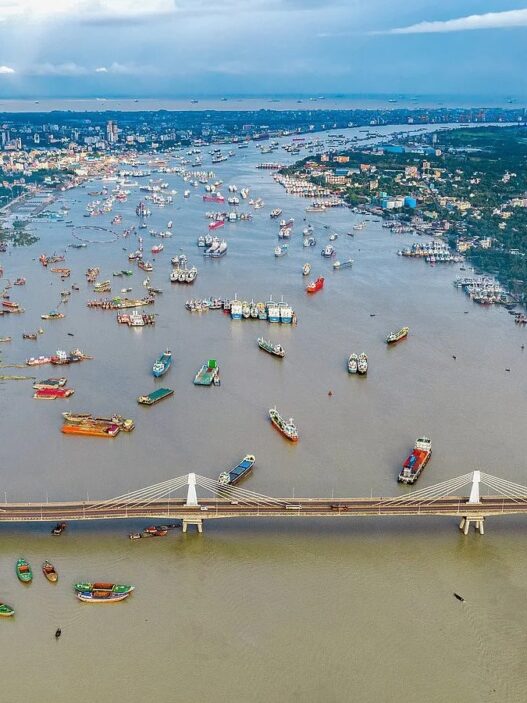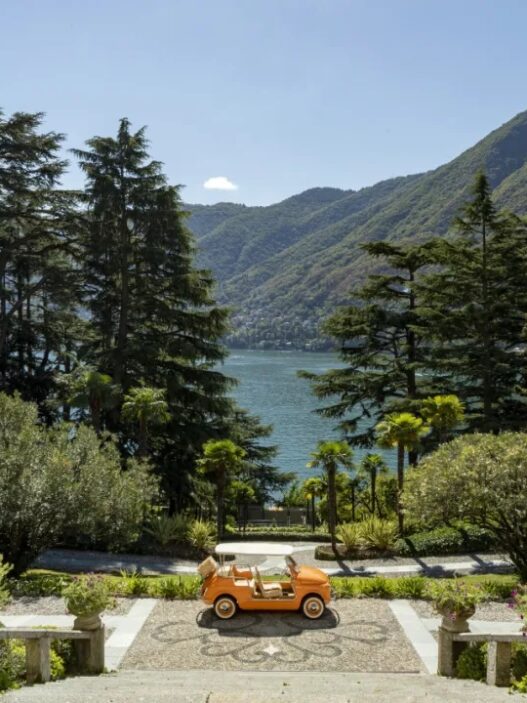Turkmenistan, often regarded as one of the most enigmatic and captivating countries in Central Asia, invites you into a world of shimmering marble cities, untamed deserts, and a rich cultural heritage. This nation is home to the legendary Akhal-Teke horses, ancient ruins of the Silk Road, and natural wonders like the fiery Door to Hell. Whether you’re a history enthusiast, a nature lover, or an adventurous soul, Turkmenistan has something for everyone.
Architectural Wonders in Ashgabat
Arch of Neutrality: A National Emblem
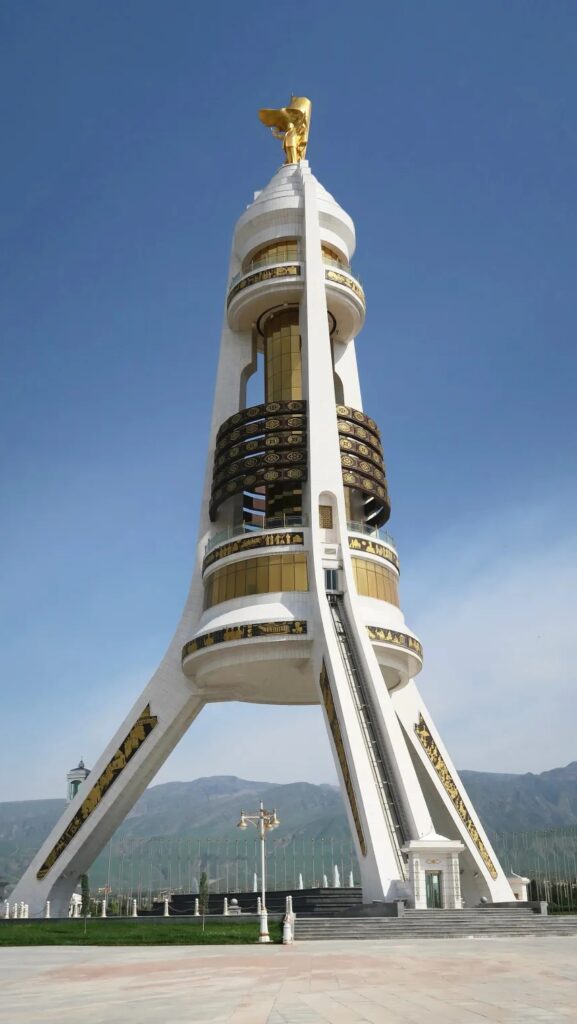
Standing tall in central Ashgabat, this 75-meter-high monument symbolizes Turkmenistan’s commitment to neutrality on the global stage. Take the elevator to its observation deck for panoramic views of the city, or enjoy a coffee in its café.
Earthquake Memorial: Tribute to Resilience
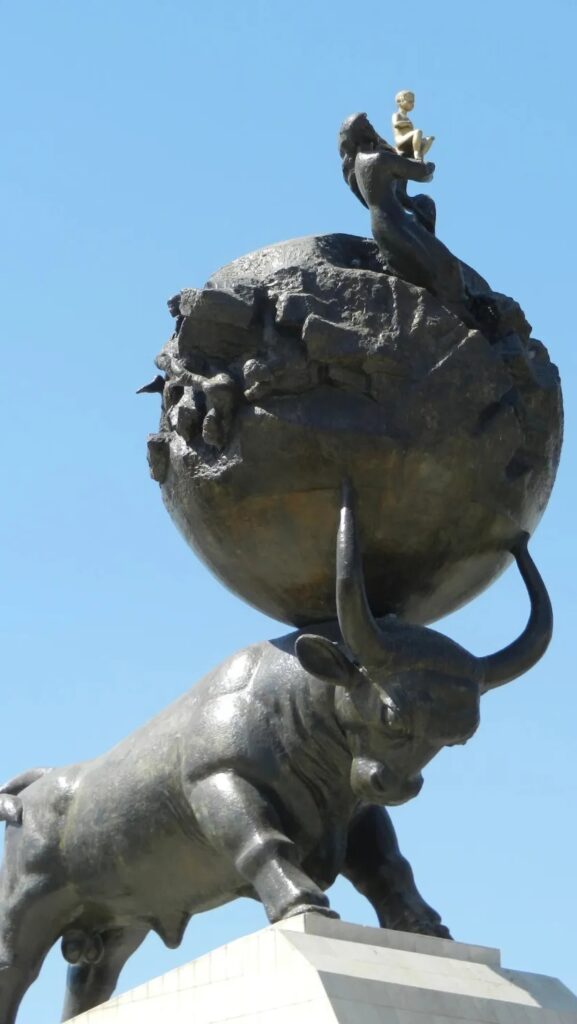
This poignant monument commemorates the devastating 1948 Ashgabat earthquake. A bronze bull holding a cracked globe symbolizes the tragedy, while photos inside document the city’s transformation over time.
Independence Monument: Pride in Sovereignty
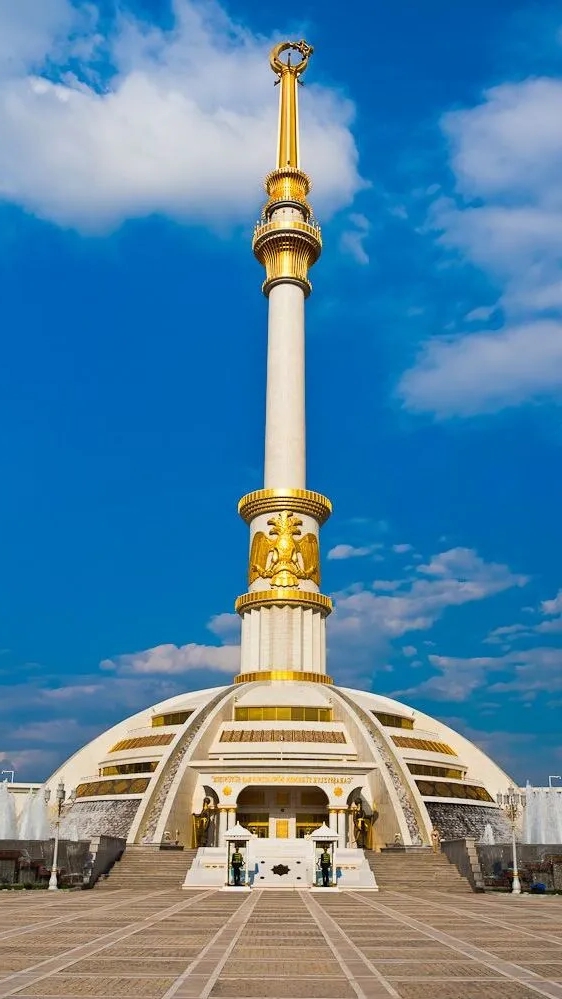
Nicknamed the “Eight-Legged Monument,” this 91-meter-tall structure celebrates Turkmenistan’s independence in 1991. Surrounding it are statues of historical figures and a striking sculpture of the nation’s first president, Saparmurat Niyazov.
Kipchak Mosque: The Largest Mosque in Central Asia
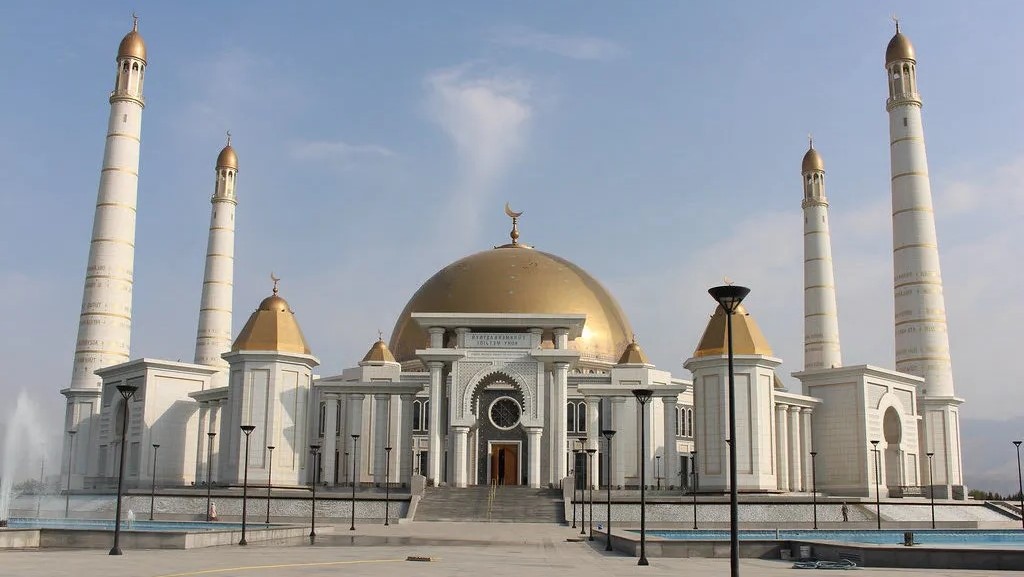
Located on the outskirts of Ashgabat, this grand mosque boasts a 50-meter dome and four minarets, each 91 meters tall to commemorate the year of independence. It can host up to 10,000 worshippers simultaneously and is a testament to the country’s rich Islamic heritage.
Natural and Historical Marvels
Darvaza Gas Crater: The “Door to Hell”
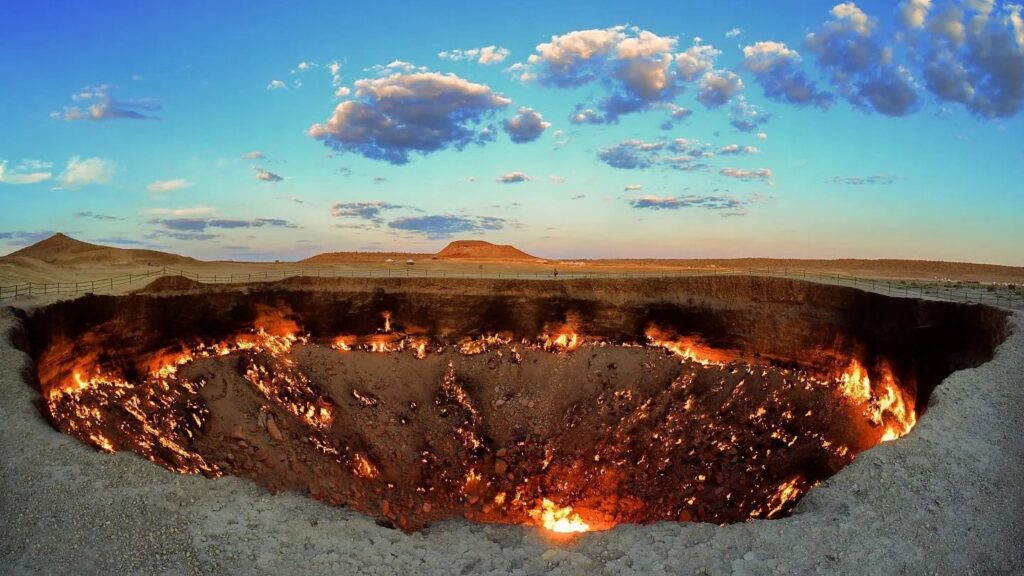
This blazing crater, located in the Karakum Desert, has been burning for over 40 years. Originally ignited to prevent toxic gas leaks, the site now attracts adventurous travelers for its otherworldly glow and geological significance.
Ancient City of Merv: A Silk Road Gem
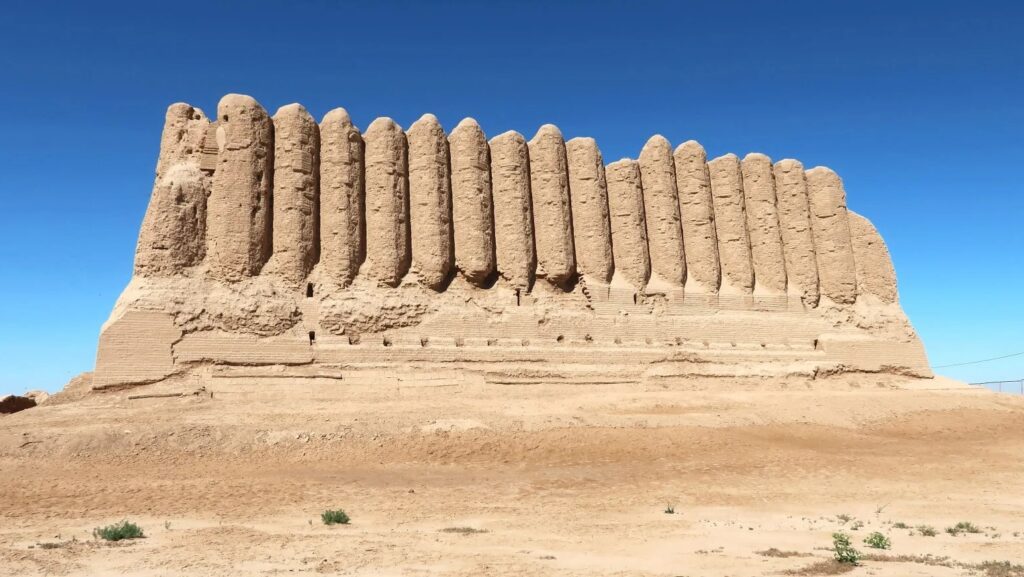
Recognized as a UNESCO World Heritage Site, Merv is a stunning reminder of Turkmenistan’s prominence on the Silk Road. Wander through its ruins to explore remnants of mosques, mausoleums, and markets that date back to the 12th century.
Akhal-Teke Stud Farm: Land of Heavenly Horses

Near Ashgabat, you’ll find the breeding grounds of the Akhal-Teke horses, known for their shimmering coats and unmatched stamina. Referred to as “horses from heaven,” these majestic creatures have been icons of the Turkmen people for centuries.
Must-Visit Museums
National Museum of Turkmenistan
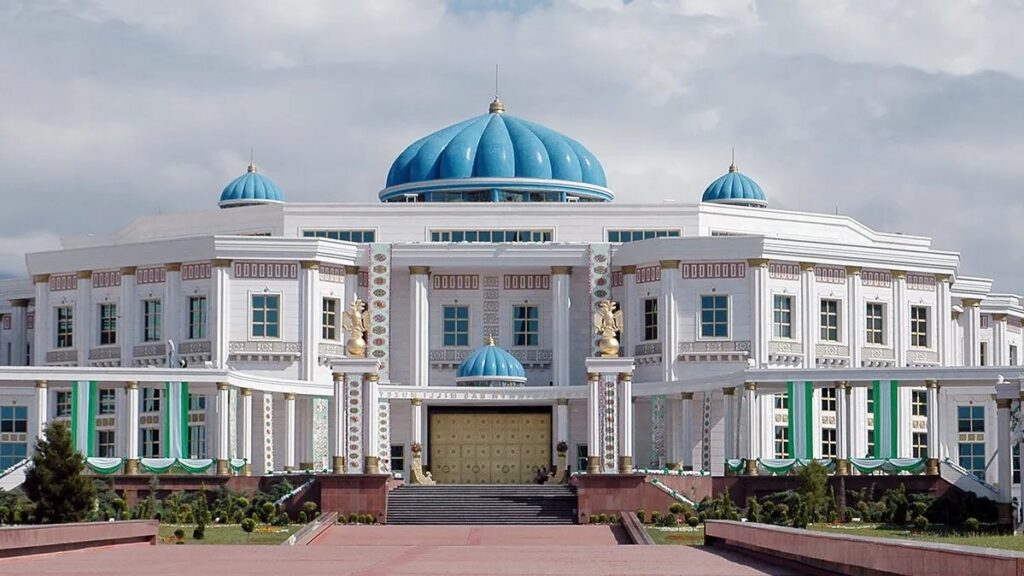
This expansive museum in Ashgabat features over 20,000 artifacts spanning ancient history, natural history, and cultural heritage. From Silk Road relics to dazzling Turkmen carpets, every exhibit offers a glimpse into the nation’s storied past.
Turkmen Carpet Museum
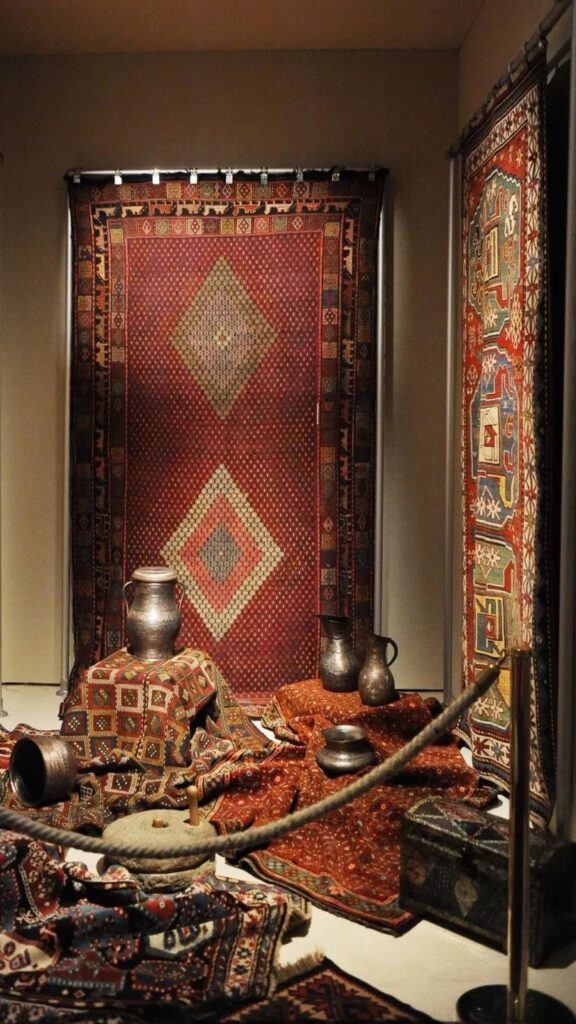
A unique institution celebrating the art of Turkmen carpet weaving, this museum showcases intricate designs and two record-breaking carpets, including one weighing over a ton. You’ll also learn about the symbolism behind the patterns seen on the country’s flag.
Culinary Delights of Turkmenistan
Lagman: Hearty Noodle Soup
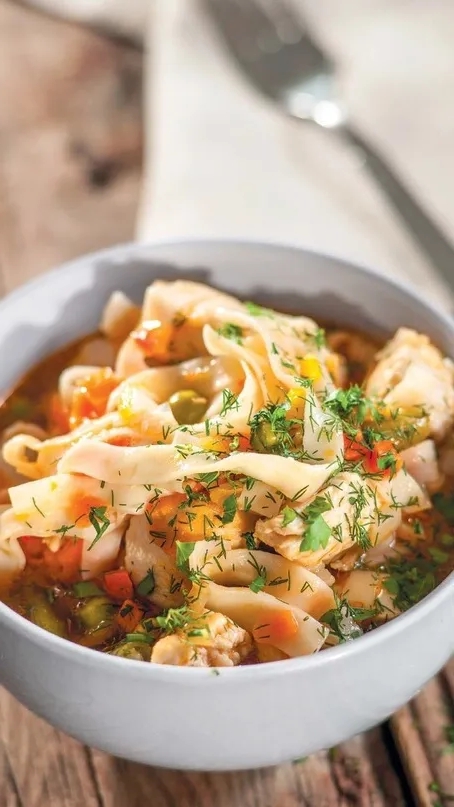
This beloved dish combines hand-pulled noodles, tender meat, and fresh vegetables in a savory broth. It’s a must-try for food lovers seeking a taste of Central Asia.
Shashlik: Juicy Grilled Kebabs
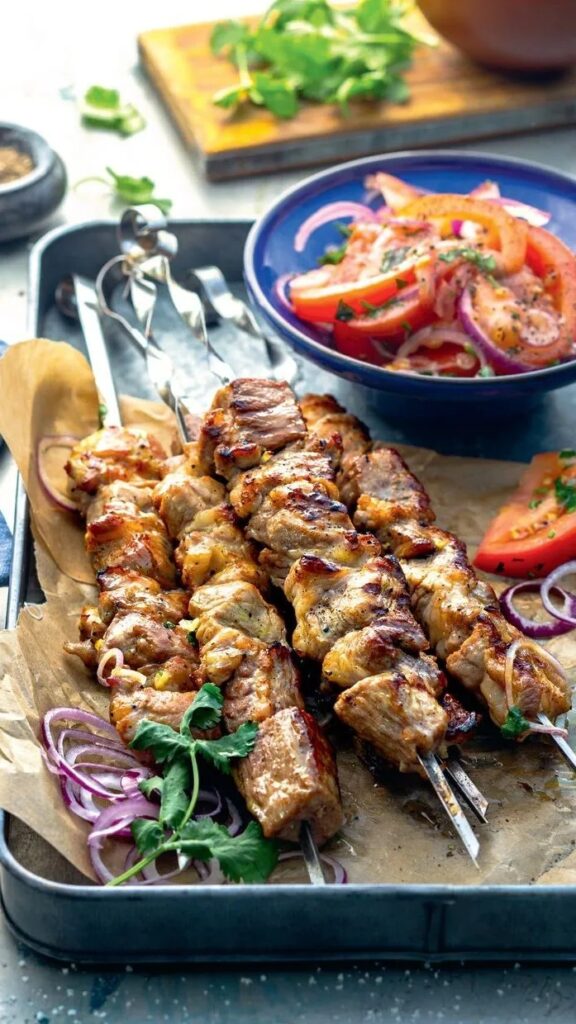
Prepared with marinated lamb chunks, these skewers are charcoal-grilled to perfection. Popular at street stalls and restaurants alike, they’re a staple of Turkmen cuisine.
Palaw: Turkmen Pilaf

Similar to pilaf, this fragrant dish combines rice, carrots, and lamb, often enhanced with dried fruits and nuts. It’s a festive favorite during celebrations and gatherings.
Best Time to Visit Turkmenistan
Climate and Seasons
Turkmenistan’s climate is mostly arid, with long, hot summers and chilly winters. The Karakum Desert dominates 80% of the country, creating unique weather conditions across different regions.
- Spring (March-May): Perfect for exploring natural landscapes and ancient ruins, with mild temperatures and blooming flowers.
- Autumn (September-November): The ideal travel season, offering pleasant weather for outdoor activities and sightseeing.
- Summer (June-August): While hot, it’s still possible to enjoy the cooler mountain regions or seaside areas near the Caspian Sea.
- Winter (December-February): A quieter season with cold, sometimes snowy weather, perfect for exploring museums and cultural landmarks.





